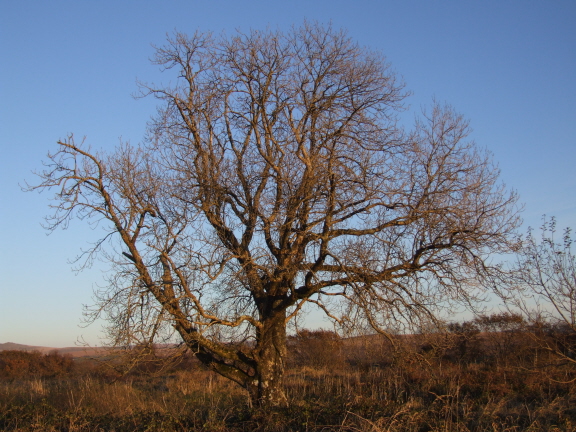So this week is about trees in winter.
I am now back in my study having just enjoyed a fruit bun (Marcia had
a pain au chocolat) and coffee in our kitchen, sitting by the window
and looking at the ash trees growing in next door's garden just the
other side of the wall. Will they be with us this time next year? We
do hope so but with ash die back sweeping the country it may be a
vain hope.
There is much talk about how to tackle
global warming and the carbon emissions we create through the use of
fossil fuels to meet our needs for power and to fuel our cars and so
on. This doesn't help, of course, although one scientist produced a
report (which I cannot now trace or I would give you a link to it) in
which he calculated that in the USA carbon emissions are lower now
than they were when the place contained millions and millions of
buffalo. What few seem to mention (but those few do so with proof and
passion and one of them is Sir David Attenborough) is that the real
problem is the destruction of forest cover. This is in part through
natural causes (hence the Sahara Desert, once tropical forest) and in
part through logging. Either way there is a solution: plant more
trees. Most of us can do a little bit of good in that direction as
every single tree helps but it need concerted action to reclaim
deserts and replace logged forests. Anyway, you can see why I feel
trees are rather important and I hope that a few pictures will show
that as well as being important they are beautiful.
Last week's solo photograph was
taken in the snow and so was this one. What, without the snow, would
be just a jumble of twigs is suddenly transformed.
More twigs, really, including a crow's nest used the summer before this was taken but not, for some
reason, the one following and now all trace has gone.
This is one of my favourites. This
is more than just a tree: it is host to a range of epiphytes such as
mosses, lichens and ferns; to a large population of insects which
means that it is a huge larder for many small birds.
Some trees are tall and elegant.
Others have a completely different
outline (although they may be just as tall).
Some become little more than
supports for ivy. Such a difficult plant, ivy. It can, does indeed,
kill trees in the end by slow suffocation and I am hugely tempted to
cut it away and give the tree a fresh lease of life BUT life is never
that simple. Ivy provides birds and insects with shelter and food
when both are in short supply – in the winter – as well as
nesting sites – in the spring and summer.
Amazing how much difference the
sun can make.
Helen suggested last week that we
should look at butterflies and she is so right to say that they, too,
are beautiful. I have not too many butterfly photos (probably not
enough for a blog) but the ones I have can act as a tail piece until
I run out. Is that fair enough?







